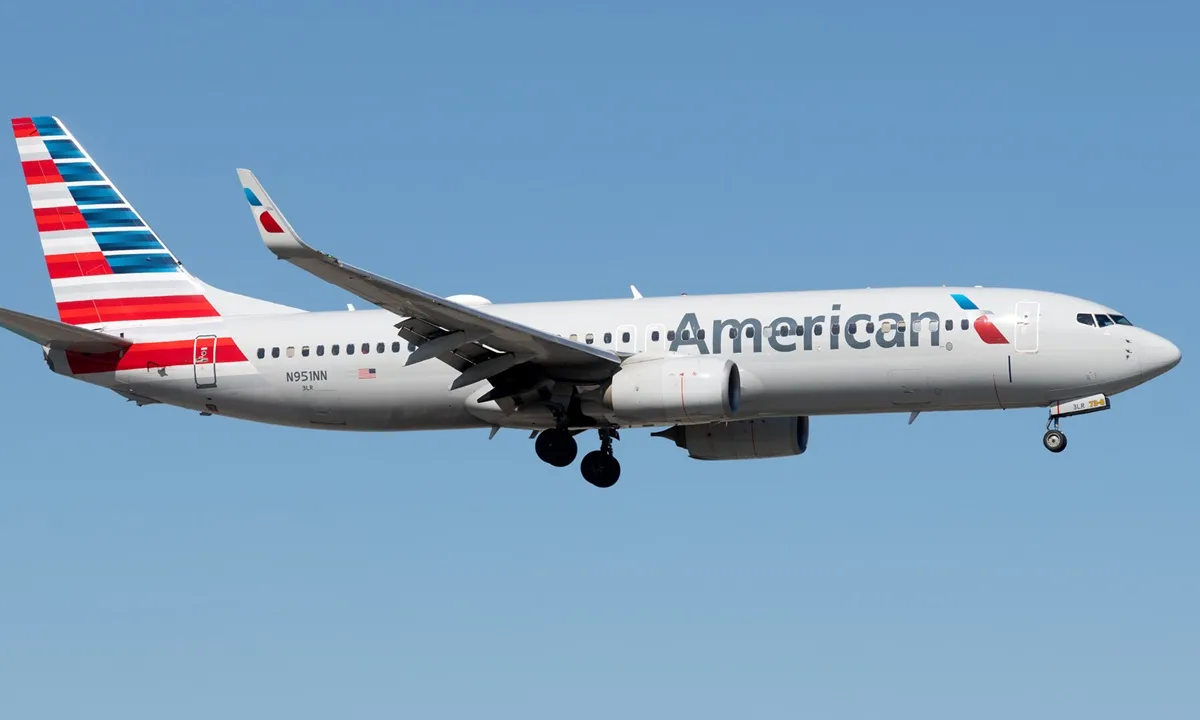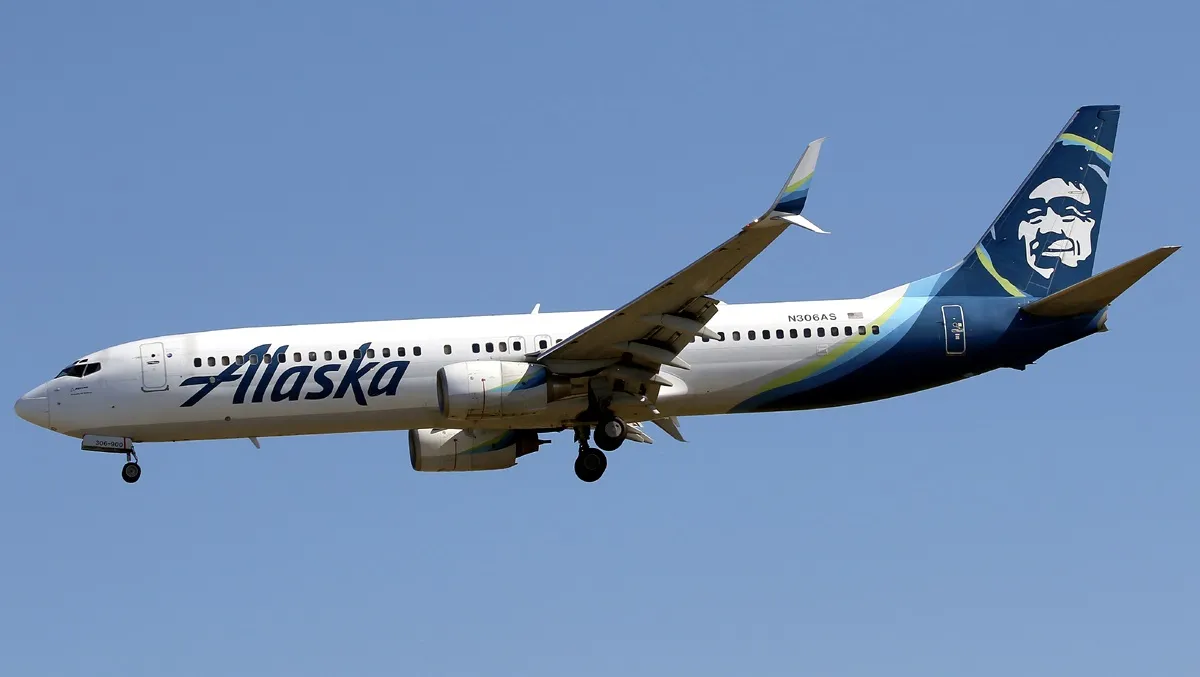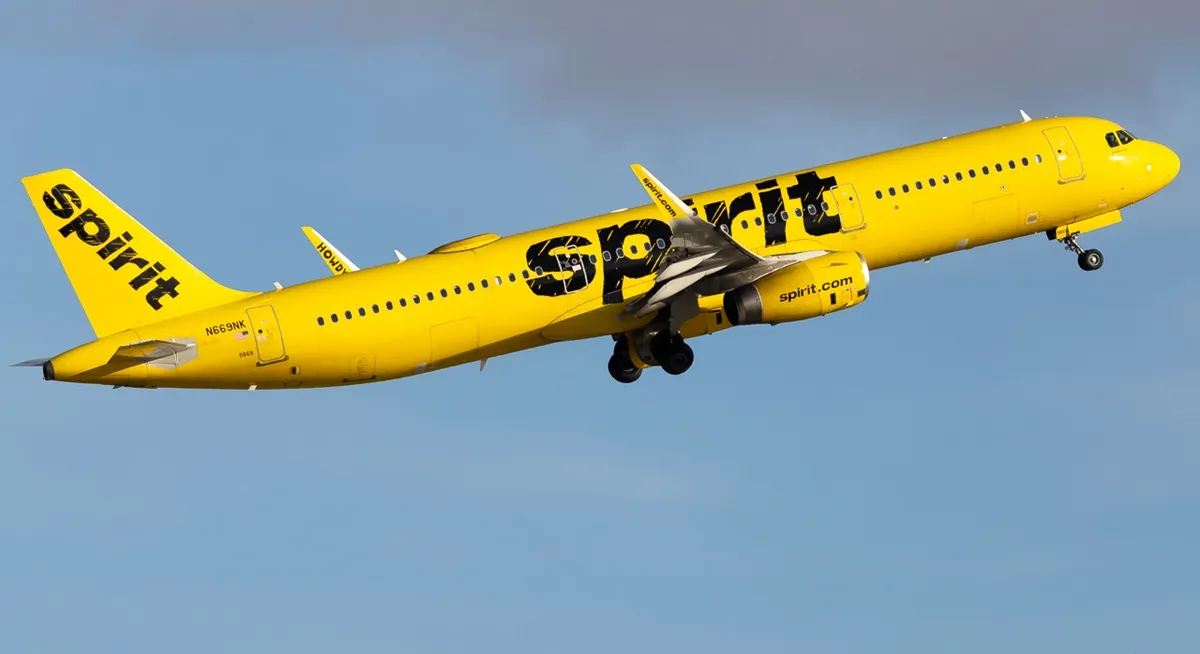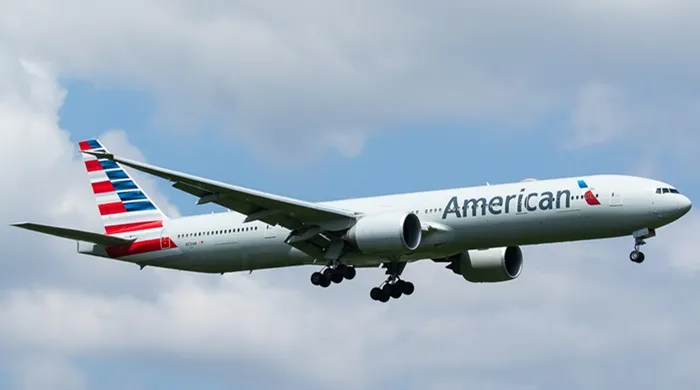
On April 23rd, 1977, US-based legacy carrier Delta Air Lines operated what many expected would be the last Boeing 747 flight ever flown by the company. The carrier, after a brief stint of operating early-generation Boeing 747-100 aircraft, had decided that the model was simply going to be too large to serve the company's needs. Delta was busy building a business model connecting secondary hubs like Atlanta (ATL) to destinations across the world, and the immense capacity of the Boeing 747-100 did not really fit with this operational model.
As a result, Delta Air Lines decided to retire its fleet of Boeing 747-100 jets, taking these planes out of service on account of their weaker financial performance. For this reason, most expected that the Queen of the Skies would never again fly with Delta Air Lines. However, this, contrary to the expectations of many analysts, would ultimately not prove the case. The Boeing 747 would make a comeback in the 2000s, with the airline operating longer-range Boeing 747-400 models on many routes. These planes even stayed in service throughout 2017.
But all of this begs a very interesting question: what exactly led Delta Air Lines to decide to retire its fleet of Boeing 747-100 aircraft and later to begin operating the type again? What changed so drastically about the airline as it stands today that it required making such a drastic move? The story of Delta's Boeing 747 operations tells the fascinating tale of shifting industry dynamics, post-merger organizational restructuring, and new philosophies on asset utilization. In this article, we will examine in full why Delta chose to operate the Boeing 747 once again.
An overview of the history of the Boeing 747 at Delta Air Lines
Delta Air Lines first chose to introduce the Boeing 747-100 into its fleet in 1970, as the carrier sought to improve passenger comfort, speed, and capacity for its long-haul route network. The first 747 model to be delivered to the carrier had registration N9896, and it was delivered to the carrier on October 2nd, 1970, entering service not long after, on October 25th, 1970. The plane completed its first commercial flight between Atlanta Hartsfield-Jackson International Airport (ATL) and Los Angeles International Airport (LAX), with a stop at Dallas/Fort Worth International Airport (DFW) along the way, according to the Delta Museum.
Delta Air Lines received a total of five Boeing 747-100 aircraft from the manufacturer between 1970 and 1971, and they quickly entered service on many major domestic routes. Their ability to expand into international markets was limited by industry regulations at the time, but terms were reached with Pan American in April 1971 to begin operating flights to London Heathrow Airport (LHR) and Frankfurt Airport (FRA) under interchange agreements.
One of the key innovations introduced by Delta Air Lines on their new fleet of Boeing 747 jets was what the carrier referred to as the "world's first flying penthouse apartment," a six-passenger lounge that was located above the first-class cabin. The aircraft also featured enclosed overhead bins for carry-on luggage, which replaced open racks on other jets. The plane also had personal Deltasonic audio systems, an innovation in inflight technology that served as the principal feature for the November 1971 edition of Sky, Delta's former inflight magazine.
Despite offering exceptional passenger luxury and being impressive, the Boeing 747 ultimately proved to be far too large for Delta's operational route network. By the time the mid-1970s came around, Delta had chosen to return its five Boeing 747s to manufacturer Boeing, and it replaced these aircraft with the Lockheed L-1011 TriStar, a smaller but more efficient widebody plane. As previously noted, the final Delta Air Lines Boeing 747-100 was retired on April 23rd, 1977, ultimately bringing to an end the carrier's original usage of the jumbo jet.
In 2008, Delta Air Lines took over the headlines when it merged with rival Northwest Airlines, creating what soon became the world's largest airline. This new carrier was going to be a dominant force in the market, with no restrictions on its growth, three years after the airline industry had been officially deregulated. The Boeing 747 ultimately returned to service with Delta as a result of this merger, with the new carrier inheriting the Northwest fleet. The carrier inherited all the following aircraft models:
|
Aircraft type: |
Number inherited as a result of the Delta-Northwest merger: |
|---|---|
|
Boeing 747-400 |
16 |
|
Boeing 747-200 (charter variants) |
2 |
|
Boeing 747-200 (freighters) |
12 |
The airline inherited a healthy fleet of 16 Boeing 747-400 passenger airliners, which were already in regular service across the globe. These planes were mostly in service on several major transpacific routes. Delta also inherited a pair of Boeing 747-200 jets, which were used by the airline to operate charter flights. Lastly, there were 12 Boeing 747-200 freighters, which were ultimately retired by the airline in 2009 amid strategic reprioritization.
The Boeing 747-400s operated by Delta Air Lines featured 65 business-class seats and 338 economy-class seats, making them some of the highest-capacity aircraft to ever enter service with the carrier. The first Northwest Airlines 747-400, which was known as Ship 6305, was the first to be repainted in the new Delta livery. A different Northwest 747-400, the Ship 6301, was noteworthy for being the first of that model ever built by manufacturer Boeing.
Delta eventually began to phase the Boeing 747 out again
By the time 2014 came around, Delta Air Lines, like many other carriers, began to retire its Boeing 747-400 aircraft in favor of more fuel-efficient twin-engine models like the Airbus A350. The first Boeing 747-400 left the fleet on September 30th, 2014, and only a few remained in service by the time 2017 came around. The final scheduled revenue flight operated by the carrier took place on December 19th, 2017, and connected Detroit Metropolitan Wayne Country Airport (DTW) to Seoul Incheon Airport (ICN) as Delta Air Lines Flight 158. This flight was operated by a model bearing registration N666US, and it was the older Boeing 747-400 aircraft still in the skies at the time.
In order to celebrate the legacy of the Queen of the Skies, Delta Air Lines ran a farewell tour for its employees. A Delta 747-400 with registration N674US flew from Seattle/Tacoma International Airport (SEA) to Minneapolis/St. Paul International Airport (MSP) and Atlanta, giving employees one last opportunity to celebrate the aircraft's history of aviation excellence.
The final Boeing 747 flight to be operated by Delta Air Lines, however, was a charter service that it flew on January 2nd, 2018, which brought to an end 47 years of interrupted Boeing 747 service by Delta Air Lines.
How exactly did Delta Air Lines use its Boeing 747 models?
In 2017, Delta Air Lines was using its Boeing 747 aircraft to serve a variety of destinations, most of which required extra capacity than the airline's other widebody aircraft could provide. The three principal services that the jet was used for were all legacy Northwest Airlines flights that connected Detroit with East Asia. According to data from aviation analytics company Cirium, Delta operated a single Boeing 747 service in each direction from Detroit to Seoul Incheon, Tokyo Narita Airport (NRT), and Shanghai Pudong International Airport (PVG).
In addition to these flights, the airline did use its jets for some other services, occasionally flying between Detroit and Honolulu's Daniel K. Inouye International Airport (HNL) using the model. Eventually, however, the aircraft's time in the skies would have to come to a close. The story of why Delta brought the Boeing 747 back mostly centers around a need to use the aircraft to serve legacy Northwest Airlines routes. Eventually, more efficient twin-engine alternatives came along which would help reduce the airline's costs significantly.



